15 Strange and Unforgettable TV Shows From the 1970s

The 1970s was a golden era for experimental television that pushed boundaries in ways modern audiences might find shocking. Network executives seemed willing to greenlight almost any concept, resulting in some truly bizarre programming that somehow made it to air. From psychedelic puppet shows to surreal comedies, these oddball productions captured the wild spirit of the decade while leaving lasting impressions on viewers brave enough to tune in.
1. The Goodies
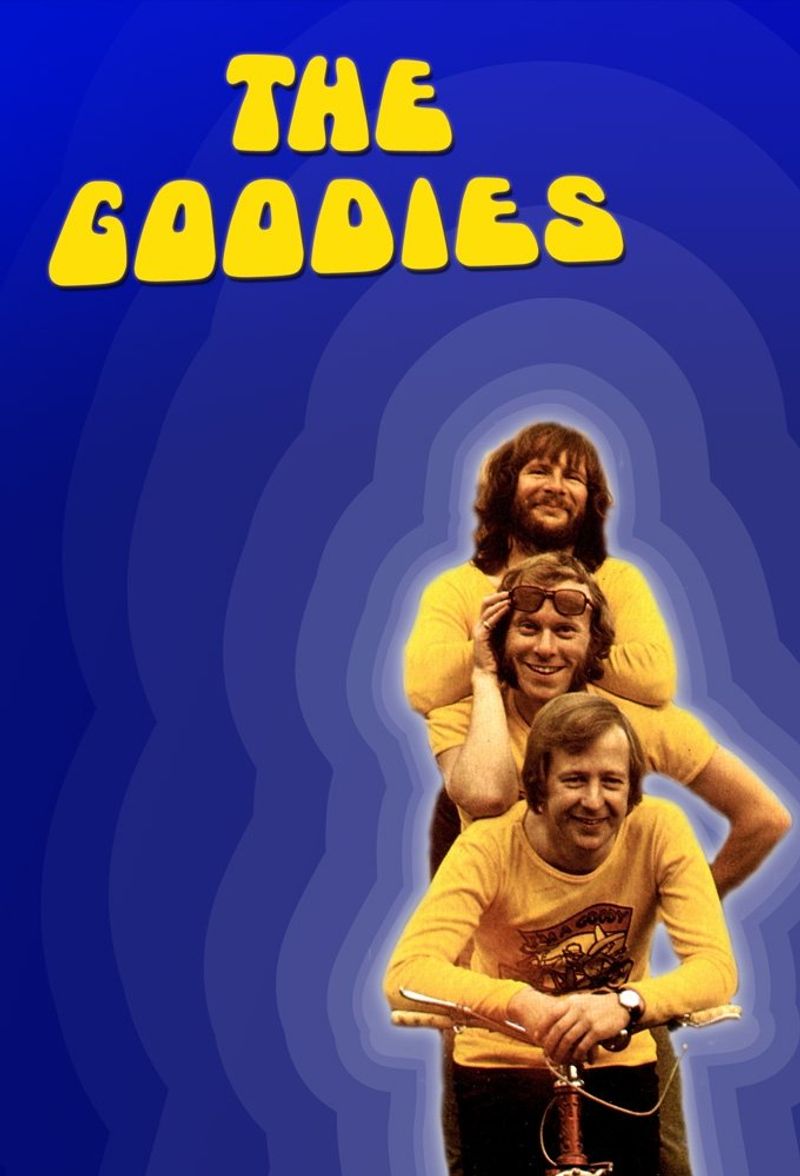
Britain’s answer to Monty Python delivered visual comedy so potent it allegedly caused a viewer to die from laughter! Three zany friends ran a business offering to do “anything, anytime” – leading to adventures involving giant kittens terrorizing London, a plague of Scotsmen, and battling a villainous computer with bagpipes.
Their unique blend of slapstick, satire, and surrealism pushed television boundaries with outlandish premises. Episodes often ended in elaborate chase sequences featuring their signature three-seater bicycle.
Though lesser-known in America, The Goodies enjoyed massive popularity in the UK and Australia, where their bizarre brand of comedy influenced generations of performers who followed.
2. Mary Hartman, Mary Hartman
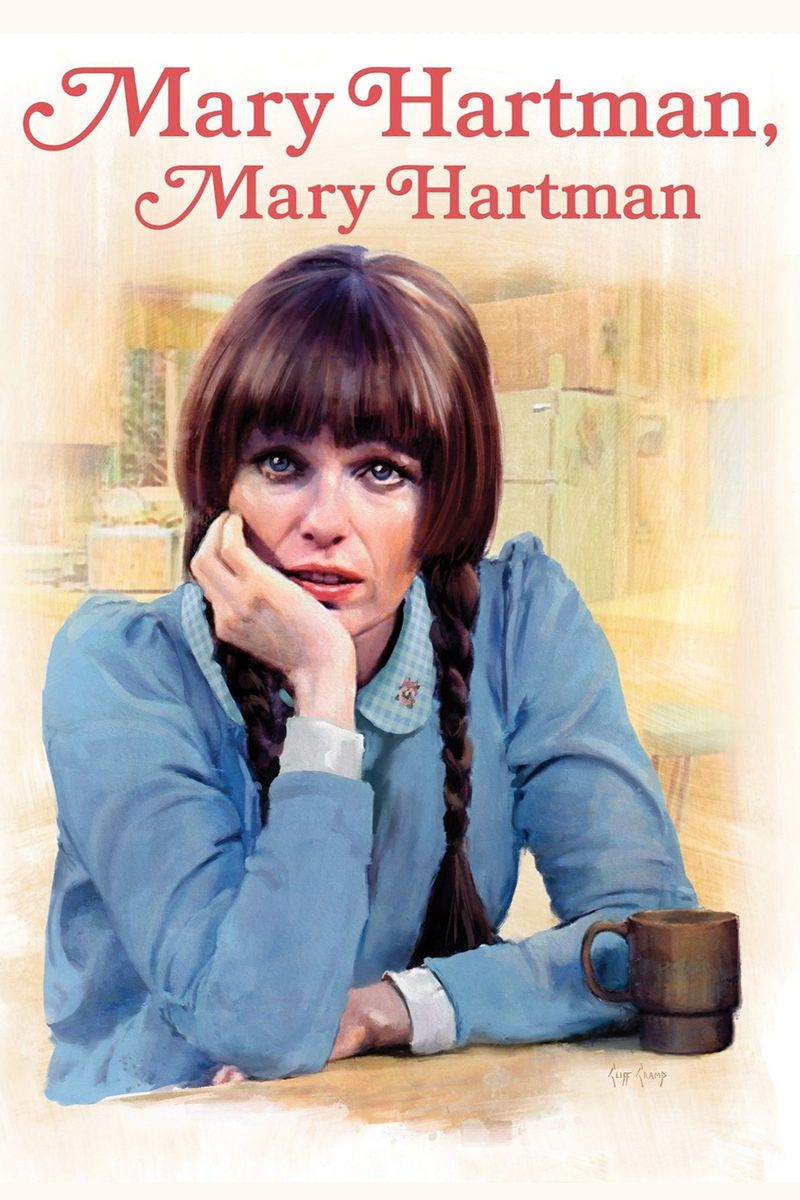
Norman Lear’s twisted take on soap operas featured Louise Lasser as a housewife slowly unraveling amid mass murders, impotence, and waxy yellow buildup on her kitchen floor. Broadcast five nights weekly, this satirical masterpiece exposed suburban America’s dark underbelly with uncomfortable honesty.
Mary’s vacant stare and nervous breakdown moments became iconic television imagery. The show tackled previously taboo subjects like sexual dysfunction, religious fanaticism, and mental illness—all through an absurdist lens.
Famous for its deliberately slow pacing and repetitive dialogue (hence the doubled title), the series culminated with Mary’s legendary breakdown on live television where she hysterically laughed for several uncomfortable minutes.
3. Ghost Story / Circle of Fear
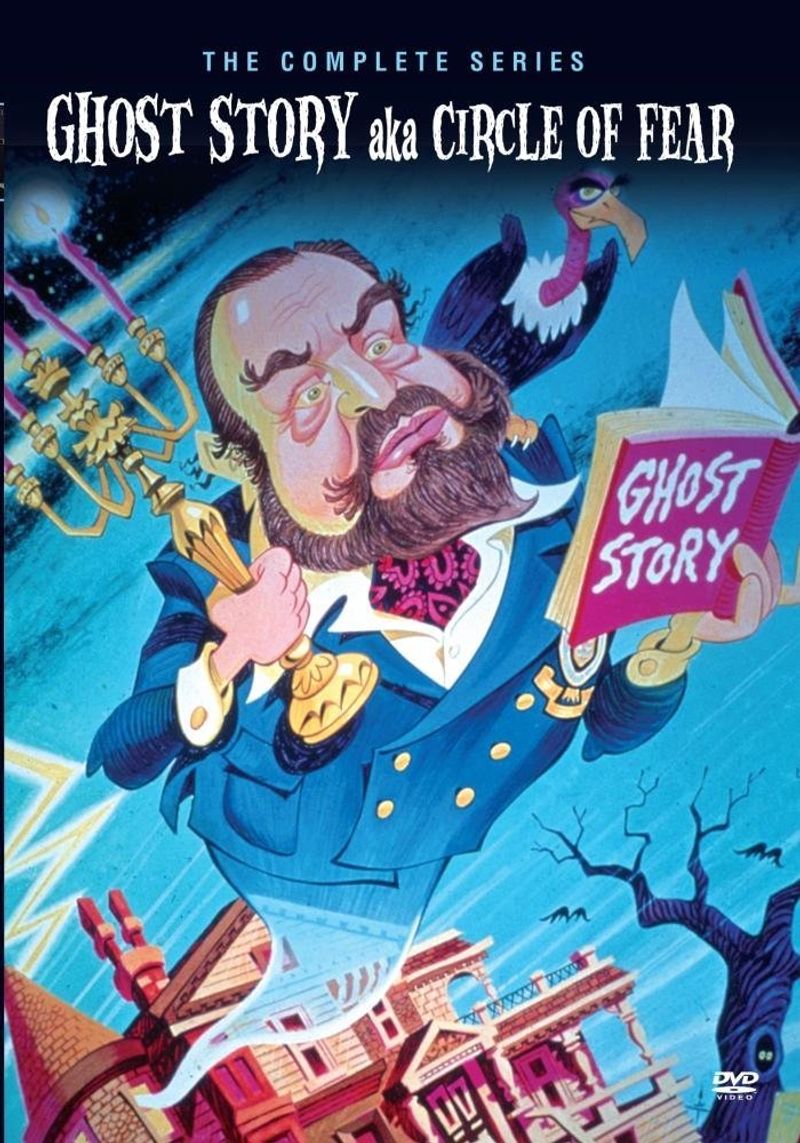
Horror legend Sebastian Cabot invited viewers weekly to his haunted hotel where supernatural tales unfolded with genuinely frightening outcomes. Midway through its run, producers dropped the hotel framework, renamed it “Circle of Fear,” and ramped up the terror factor with stories about cursed objects and vengeful spirits.
Unlike modern horror that relies on gore, this anthology series mastered psychological dread. Famous guest stars included Patty Duke, Janet Leigh, and a young Jodie Foster—all meeting various supernatural fates.
One particularly disturbing episode featured a woman trapped inside a department store mannequin, conscious but unable to move or speak as shoppers passed by. The show’s eerie tone and practical effects still unsettle viewers today.
4. The Banana Splits Adventure Hour
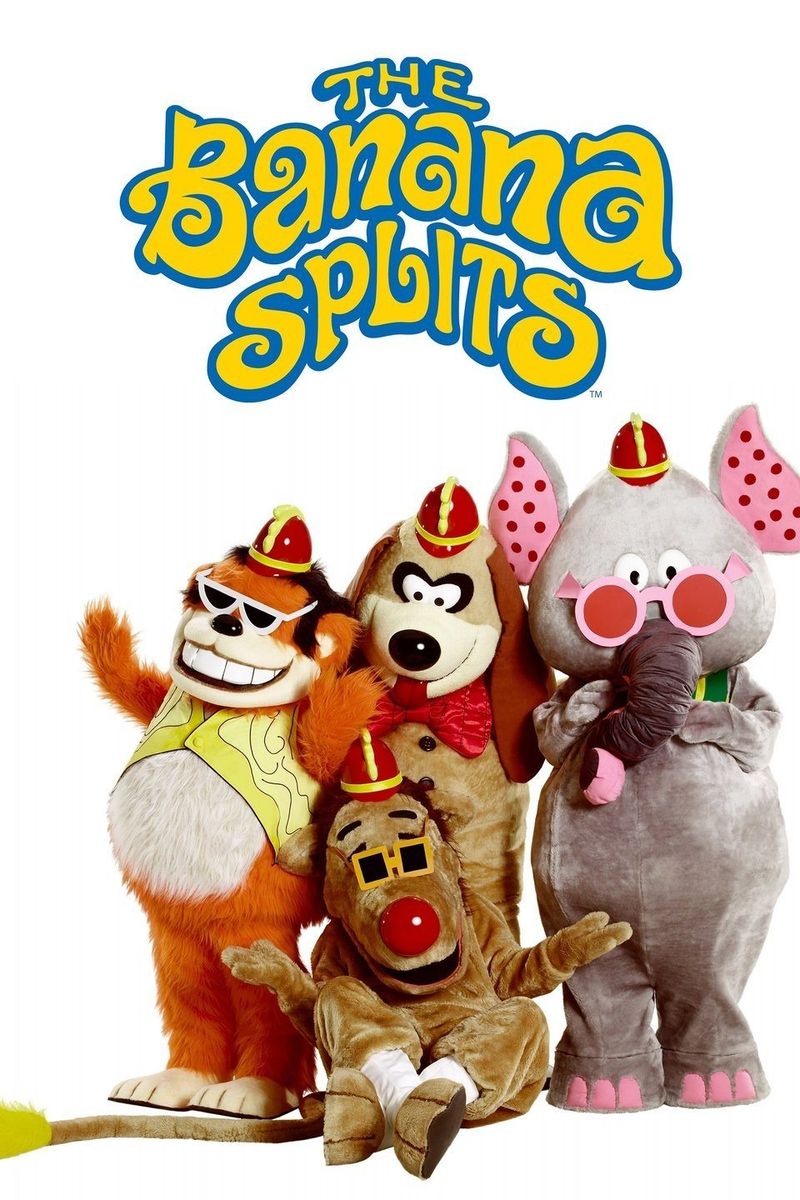
Premiering in 1968 and running into the early 1970s, the show featured a costumed rock band made up of four zany animal characters: Fleegle the beagle, Bingo the gorilla, Drooper the lion, and Snorky the elephant.
The series combined live-action skits, slapstick comedy, and musical performances with a rotating lineup of animated and serialized adventure segments. Among the most memorable shorts were The Arabian Knights, The Three Musketeers, and the cult-favorite Danger Island, directed by Richard Donner. The Banana Splits themselves performed goofy comedy routines in between the action, driving around in their psychedelic “banana buggies” and singing the catchy theme song, “Tra La La.”
The costumes and antics gave the show an almost hallucinatory vibe that matched the late ’60s and early ’70s countercultural aesthetic. Decades later, The Banana Splits Adventure Hour is remembered as a colorful, chaotic, and undeniably strange piece of TV history that only kids of that era could fully appreciate.
5. Odd Man Out
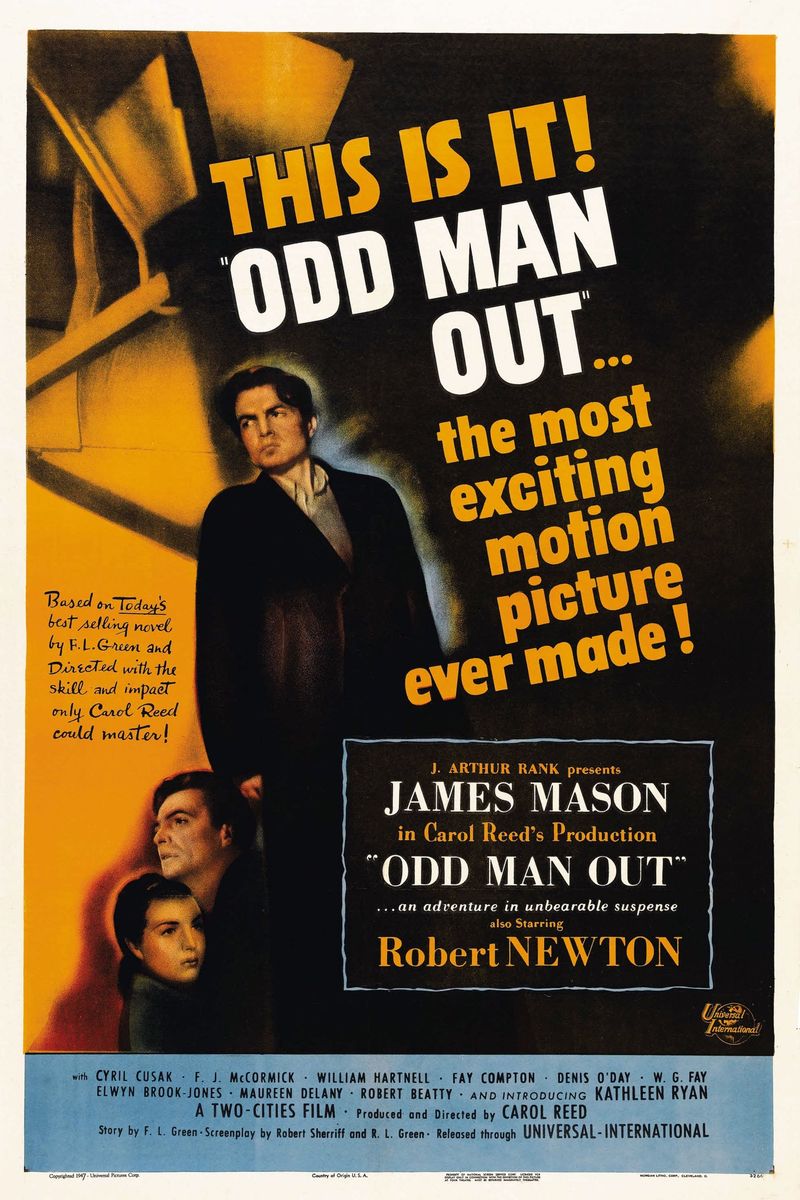
Remembered more for its spectacular failure than its quality, this sitcom starred Booker Bradshaw as a bachelor moving into an apartment building full of single women. The concept had potential, but the execution was so disastrous that ABC pulled it after just five episodes—making it one of the decade’s most notorious flops.
Wooden acting, cringe-worthy dialogue, and outdated gender stereotypes doomed this misguided comedy. One infamous scene featured the main character hiding in a woman’s closet while she undressed, played for laughs in a way that horrifies modern viewers.
Despite its brief run, Odd Man Out achieved cult status among bad-TV enthusiasts who appreciate its unintentional comedy value. The show serves as a fascinating time capsule of what network executives once considered acceptable entertainment.
6. The Odd Couple
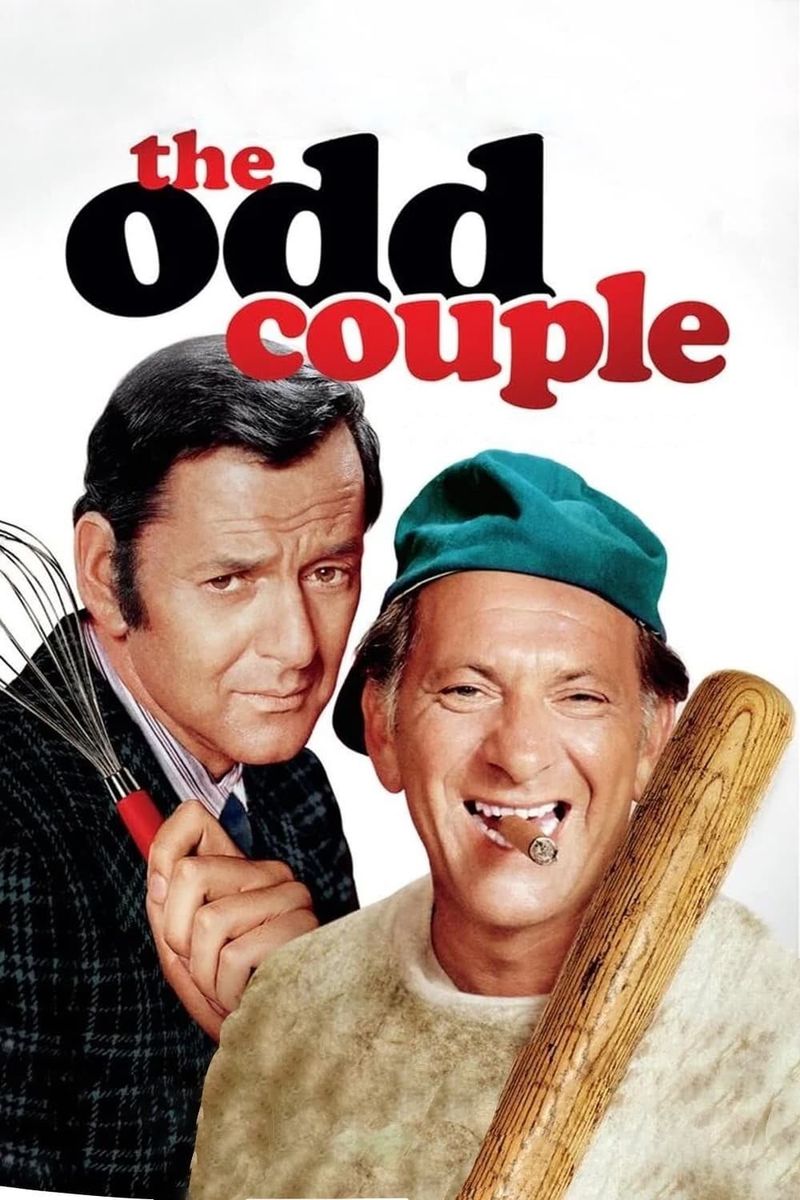
Felix Unger and Oscar Madison’s apartment sharing arrangement created television’s perfect comedy formula. Felix, a neurotic neat freak photographer, is forced to move in with his childhood friend Oscar, a slovenly sportswriter, after their marriages collapse. The ensuing personality clash generated comedy gold.
Tony Randall and Jack Klugman’s chemistry elevated the show beyond its simple premise. Their bickering reached artform status—whether arguing about cooking, cleaning, or Felix’s sinus-clearing honk that drove Oscar to madness.
While the concept seems straightforward today, the show broke new ground in the 70s by centering on divorced men living together and openly discussing failed marriages. Its influence extends to virtually every odd-couple comedy pairing that followed.
7. H.R. Pufnstuf
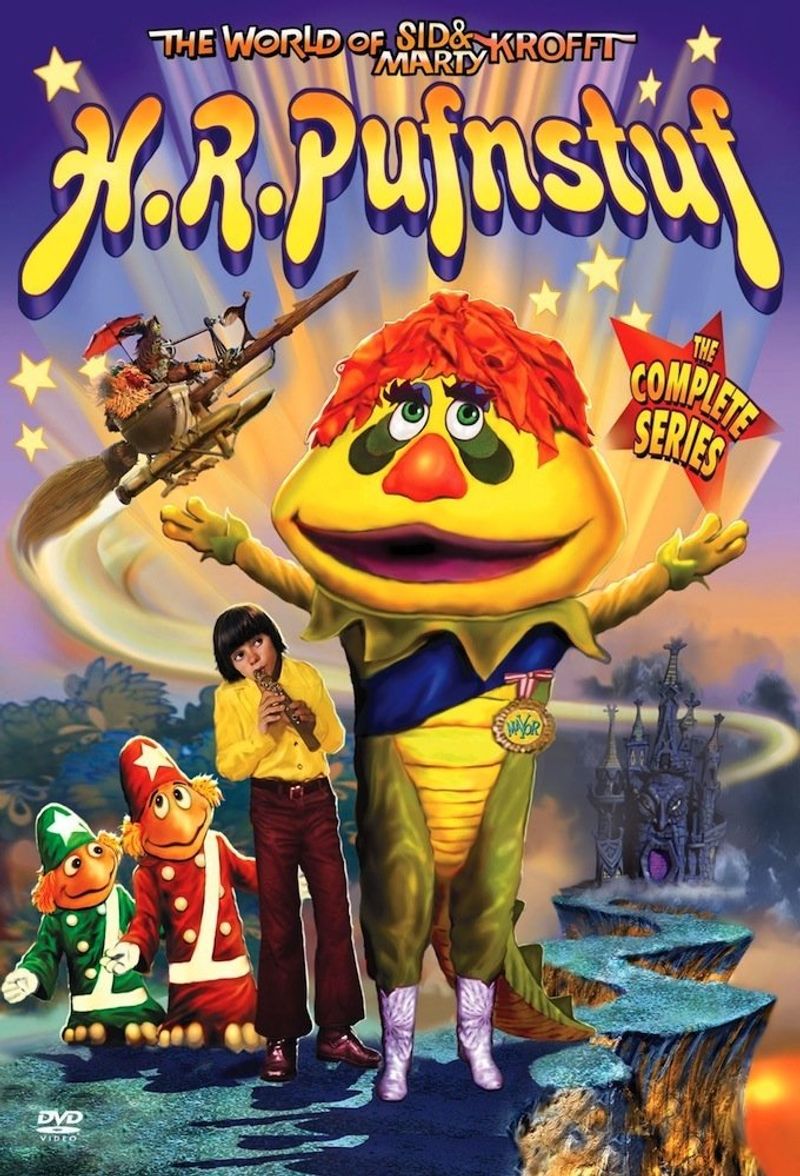
A boy named Jimmy and his magical talking flute find themselves stranded on Living Island, where everything—from trees to buildings—is alive and talking. Mayor H.R. Pufnstuf, a friendly dragon, protects Jimmy from the evil witch Witchiepoo who covets his golden flute.
Created by Sid and Marty Krofft, this psychedelic fever dream featured actors in enormous colorful costumes performing against trippy backgrounds. The show’s visual style was so bizarre that rumors persisted for decades that the creators must have been influenced by hallucinogenic drugs (claims they’ve always denied).
Though only 17 episodes were produced, H.R. Pufnstuf’s cultural impact was enormous. Its theme song became instantly recognizable, and the show’s surreal aesthetic defined children’s programming for years afterward.
8. Land of the Lost
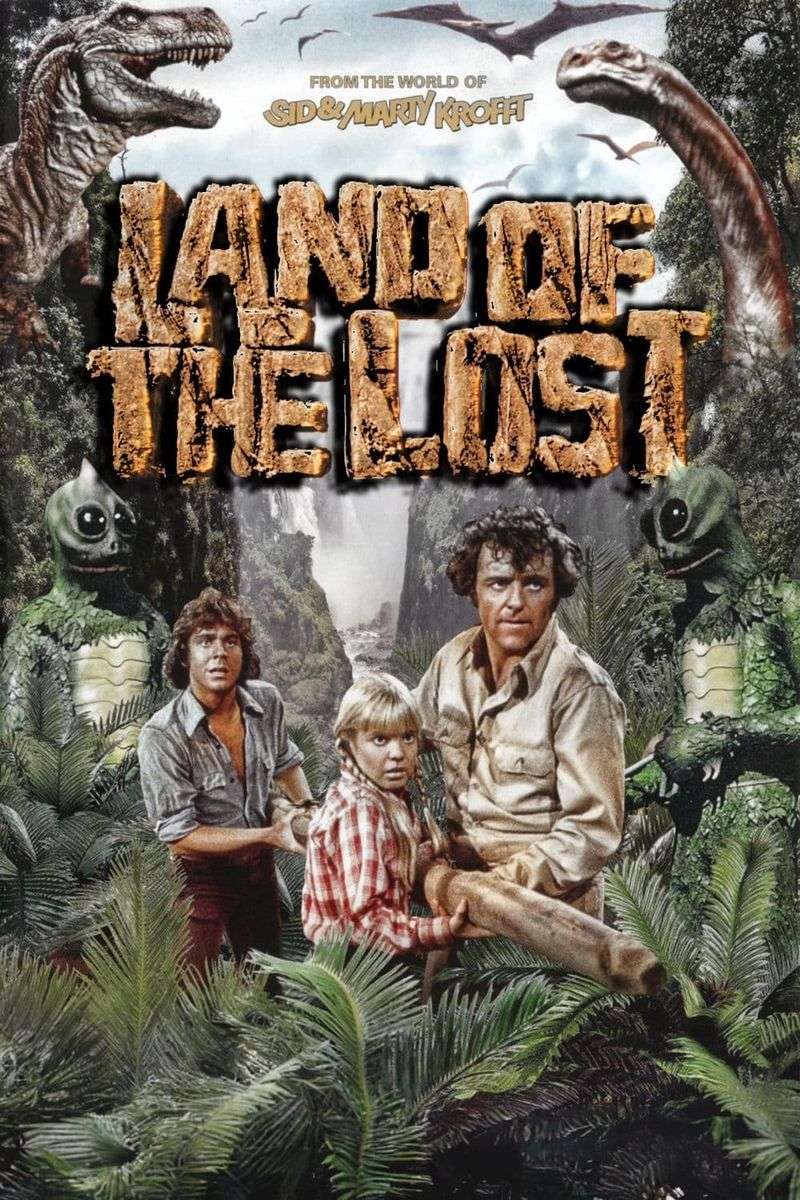
The Marshall family’s routine expedition plunges them through a dimensional portal into a prehistoric world inhabited by dinosaurs, ape-like Pakuni, and the hostile lizard-men called Sleestaks. Despite its Saturday morning timeslot, Land of the Lost tackled surprisingly complex concepts like time loops and alternate dimensions.
The show’s special effects alternated between impressive stop-motion dinosaurs and hilariously obvious rubber-suited Sleestaks. This contrast created an odd viewing experience that was simultaneously sophisticated and cheesy.
Science fiction writers including David Gerrold and Larry Niven contributed scripts, giving the show unexpected depth. Episodes explored philosophical concepts about humanity’s place in the universe—all while dad Marshall fought off dinosaurs with makeshift bamboo weapons.
9. Sigmund and the Sea Monsters
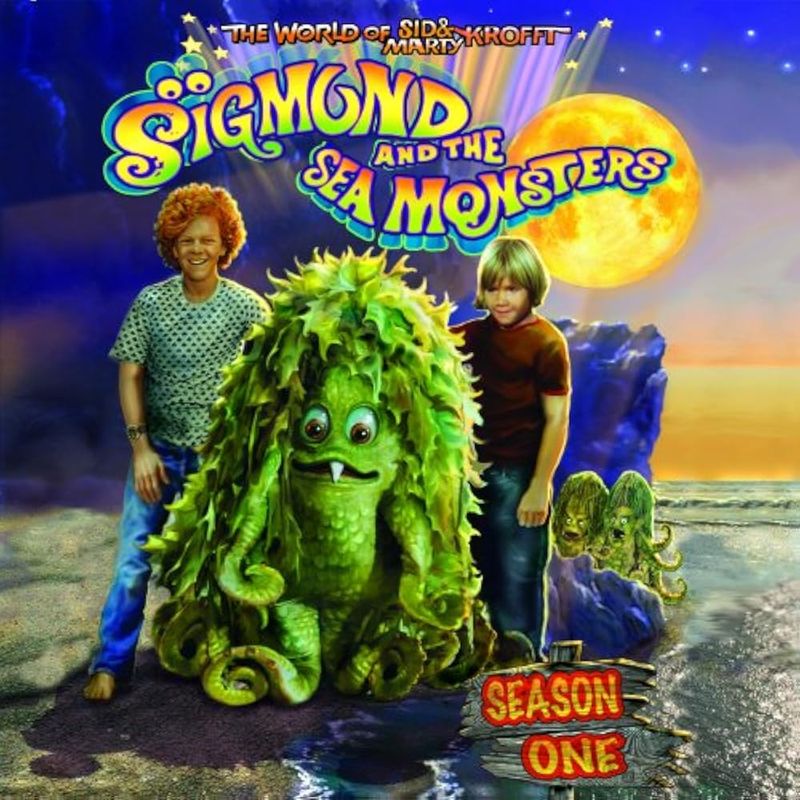
Rejected by his monster family for being too nice, seaweed-covered Sigmund finds friendship with human brothers Johnny and Scott who hide him in their clubhouse. The boys must constantly prevent their housekeeper from discovering their secret while protecting Sigmund from his monstrous relatives who want him back.
Another Krofft brothers creation, this show featured actors in bulky monster costumes stumbling around sets while delivering pun-filled dialogue. Sigmund’s family members had names like Big Daddy Ooze, Sweet Mama Ooze, and brothers Blurp and Slurp.
Despite its ridiculous premise and low-budget production values, the show conveyed heartfelt messages about acceptance and friendship. The theme of an outcast finding his true family resonated with children who felt different themselves.
10. The Bugaloos
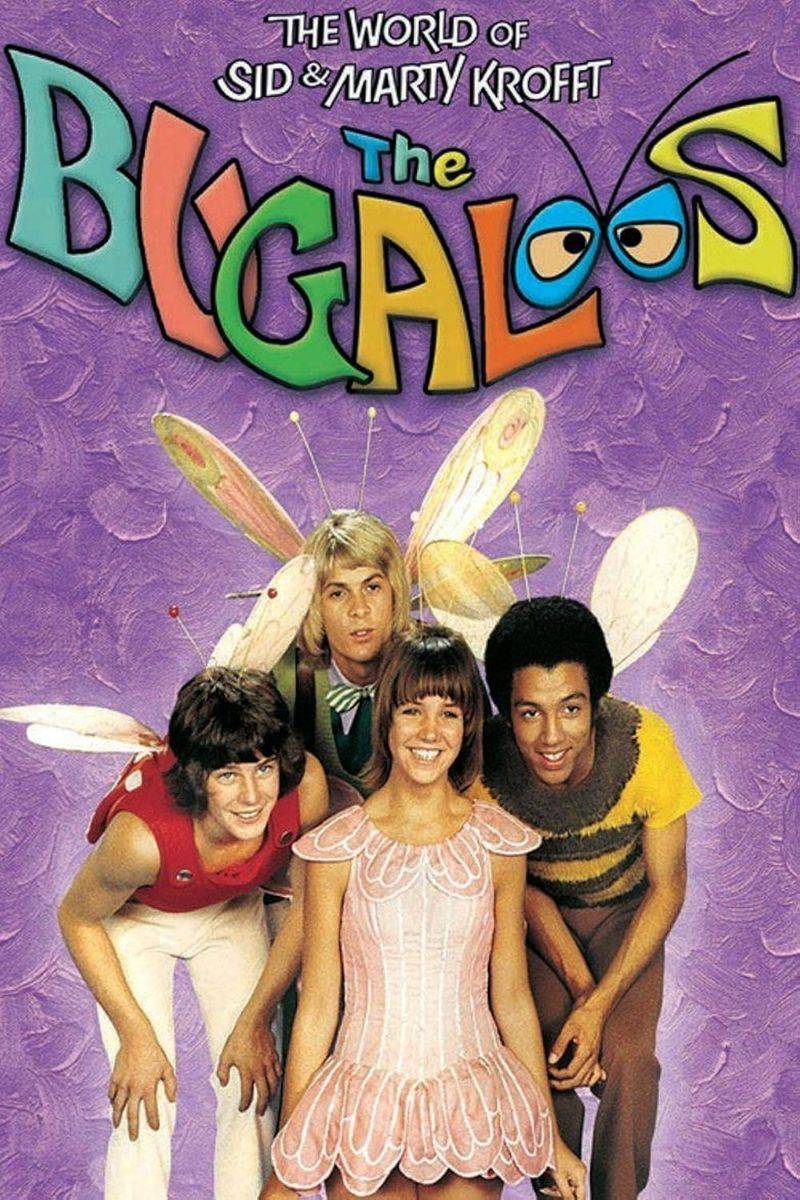
Imagine a Beatles-inspired band where all four members are human-sized insects with British accents living in a magical forest. That’s The Bugaloos—a musical quartet consisting of Courage (a bumblebee), Harmony (a butterfly), I.Q. (a grasshopper), and Joy (a ladybug) who perform pop songs while avoiding the villainous Benita Bizarre.
Martha Raye chewed scenery gloriously as Benita, a tone-deaf witch who jealously plotted to destroy the Bugaloos’ music. Her sidekicks included Funky Rat and the comically incompetent Glow Worms.
The show’s peculiar blend of music, fantasy, and British invasion aesthetics made it a standout even among the Kroffts’ typically strange productions. Though short-lived, the actual songs performed were surprisingly catchy—some even received radio airplay.
11. Lidsville
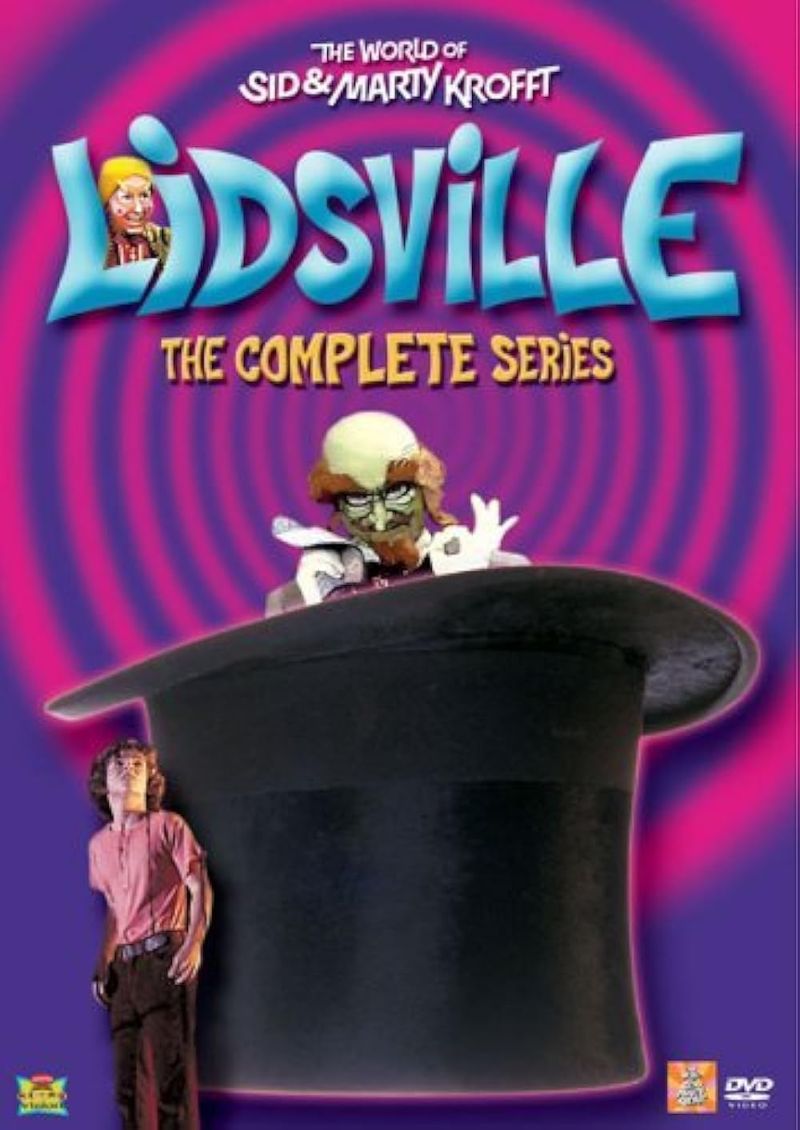
A teenage boy falls into a magician’s hat and lands in Lidsville—a world populated entirely by living, talking hats. Each hat’s personality matches its type: the policeman hat enforces rules, the cowboy hat speaks with a Western drawl, and so on. This premise might be the strangest ever greenlit for children’s television.
Charles Nelson Reilly delivered an unforgettably manic performance as the villainous Horatio J. HooDoo, a green-skinned magician who terrorized the hat people. His cackling laughter and over-the-top threats scarred a generation of young viewers.
The show’s theme song explained its bizarre concept with lyrics that only raised more questions: “Lidsville, Lidsville, where hats come to life—a far-out, way-out, psychedelic trip!” Even by 1970s standards, this show pushed the boundaries of weirdness.
12. Creature Features
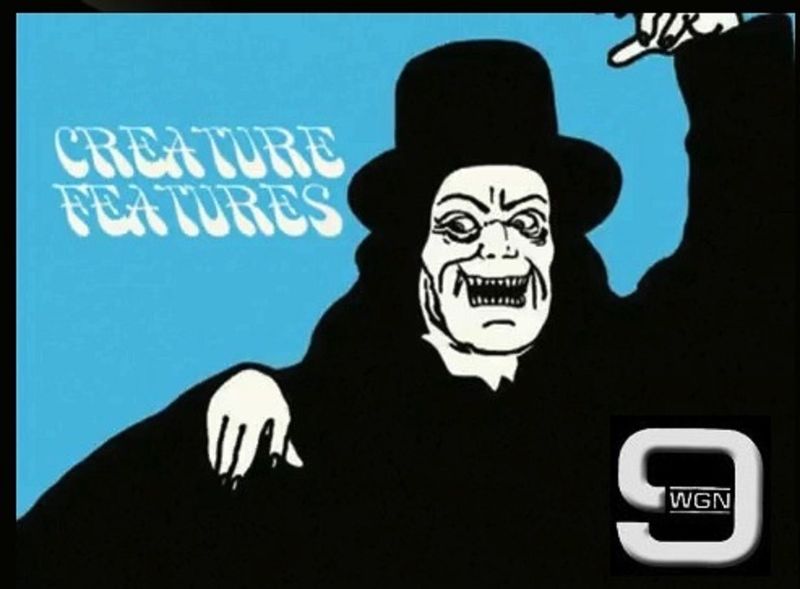
While not a single show, these locally-produced horror movie showcases became cultural institutions across America. Each city had its own eccentric host—from Vampira in Los Angeles to Zacherley in New York—introducing low-budget monster movies with campy commentary and spooky skits.
These hosts developed cult followings, with fans tuning in as much for their macabre humor as for the B-movies they presented. Props often included coffins, cobwebs, and rubber bats dangling visibly from fishing line.
The format varied wildly depending on local budgets. Some hosts filmed elaborate castle sets with fog machines and organ music, while others simply sat at desks with plastic skulls. This regional variety gave each show a unique personality that reflected its community—making Creature Features a truly American television phenomenon.
13. Gemini Man
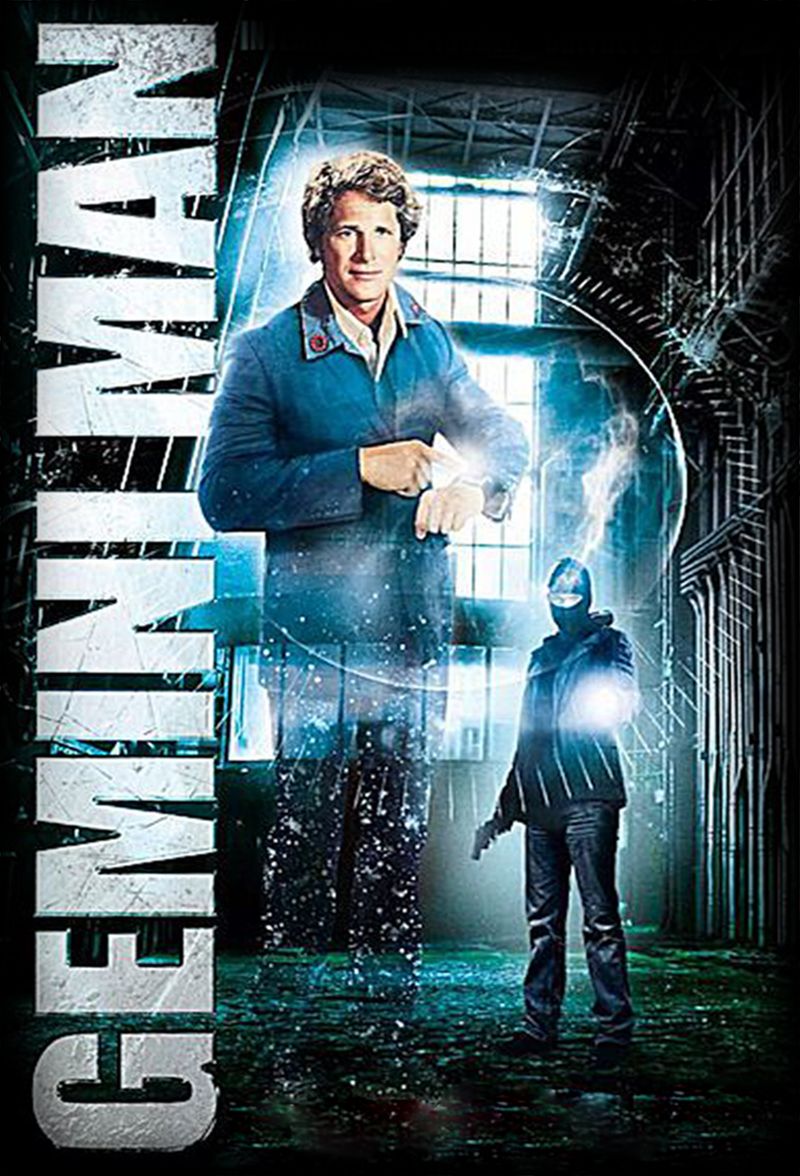
Before invisible heroes became commonplace, Gemini Man introduced Sam Casey, a secret agent who could turn invisible for 15 minutes per day using a digital watch-like device. Actor Ben Murphy spent significant screen time simply not appearing on camera while his clothes moved around independently.
The show’s special effects consisted mainly of crude blue-screen work and actors pretending to be struck by an invisible person. Budget limitations meant Sam often conveniently chose not to use his power until the episode’s climax.
Originally planned as a serious science fiction drama, network executives demanded more action and less character development. The resulting show satisfied neither audience and was canceled after just five episodes. However, all 12 produced episodes were later combined into four TV movies, giving this bizarre concept unexpected longevity.
14. Electra Woman and Dyna Girl
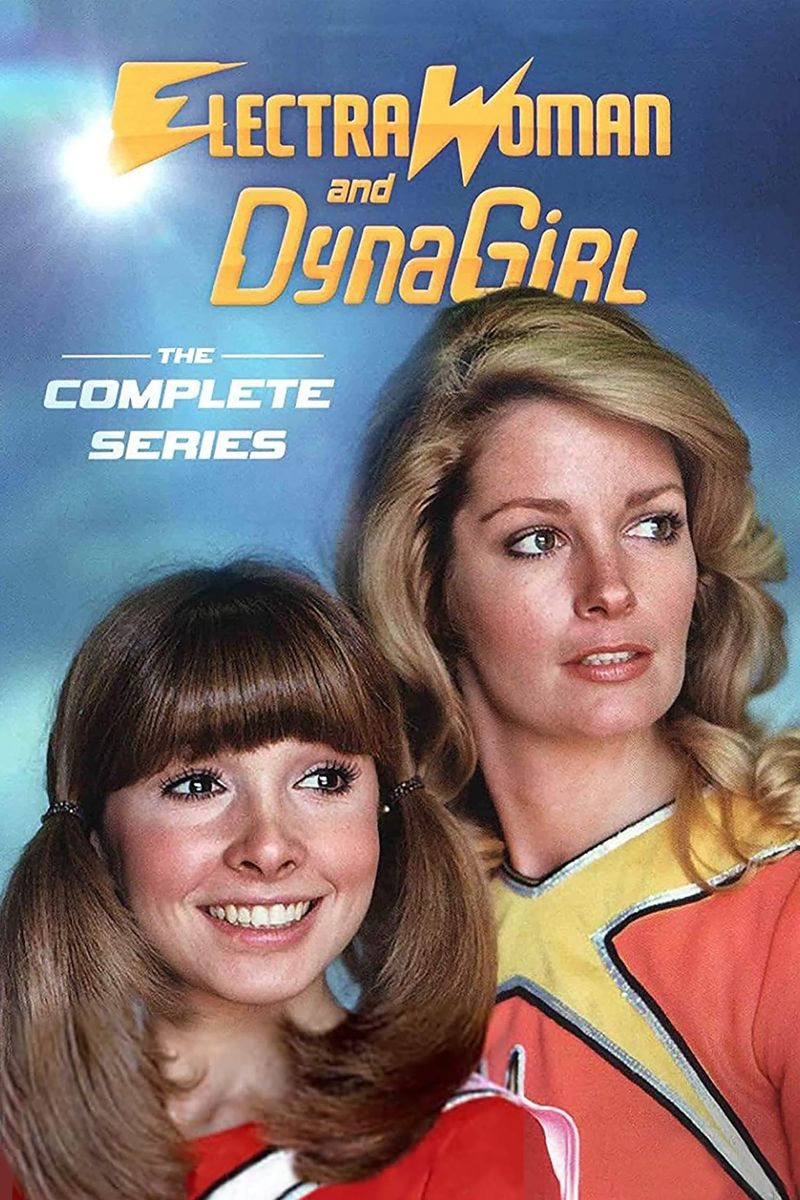
Journalists by day and caped crusaders by night, Electra Woman and Dyna Girl fought crime using their ElectraComs—wrist devices granting them powers like ElectraVision and ElectraBeam. This female superhero duo delivered campy adventures that lovingly parodied Batman while creating their own bizarre mythology.
The show embraced its low budget with gloriously cheap special effects. Their headquarters, the ElectraBase, was obviously a basement with blinking Christmas lights, while their ElectraCar was just a dune buggy with minimal modifications.
What made the show truly memorable was how it played everything completely straight despite the absurdity. Actress Deidre Hall (later famous for soap opera Days of Our Lives) delivered ridiculous lines like “Great lightning, Dyna Girl!” with utter conviction, creating an odd viewing experience that was simultaneously silly and earnest.
15. The Krofft Supershow
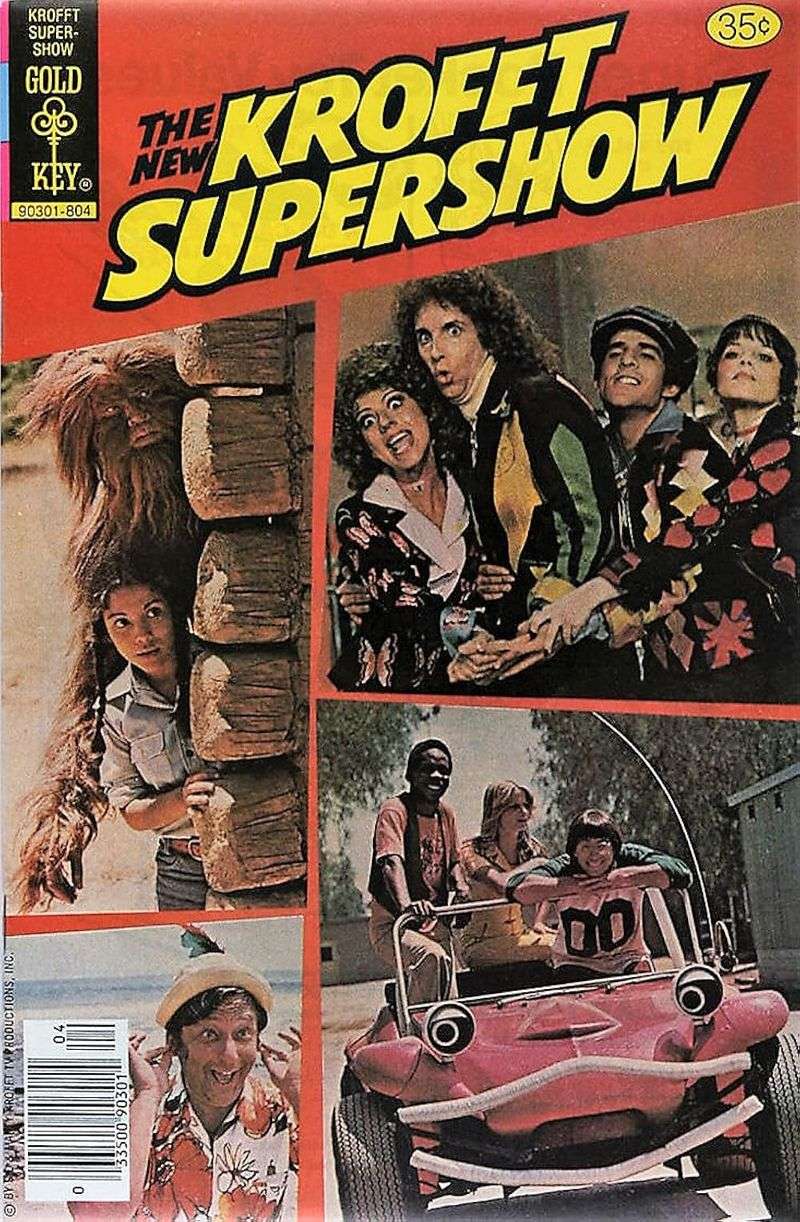
Saturday mornings reached peak weirdness with this variety show framework hosting multiple mini-shows within each episode. Fictional rock band Kaptain Kool and the Kongs (actual musicians in glam rock costumes) served as hosts, introducing segments like “Wonderbug” (about a magical dune buggy) and “Dr. Shrinker” (mad scientist shrinks teens).
The format created a disorienting viewing experience as storylines started, stopped, and restarted with musical interludes between them. Children might be watching a horror-comedy about miniaturized teenagers one moment, then switch to a talking car adventure minutes later.
The Kongs occasionally released real singles that played on radio stations, blurring the line between fictional characters and actual performers. This multimedia approach made the show a pioneer in what we now call transmedia storytelling.

Comments
Loading…